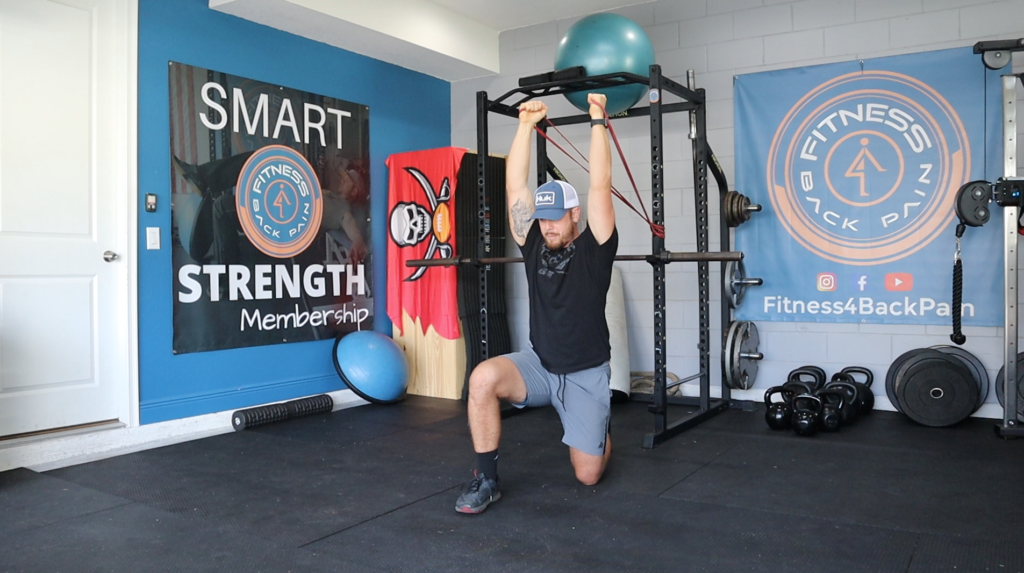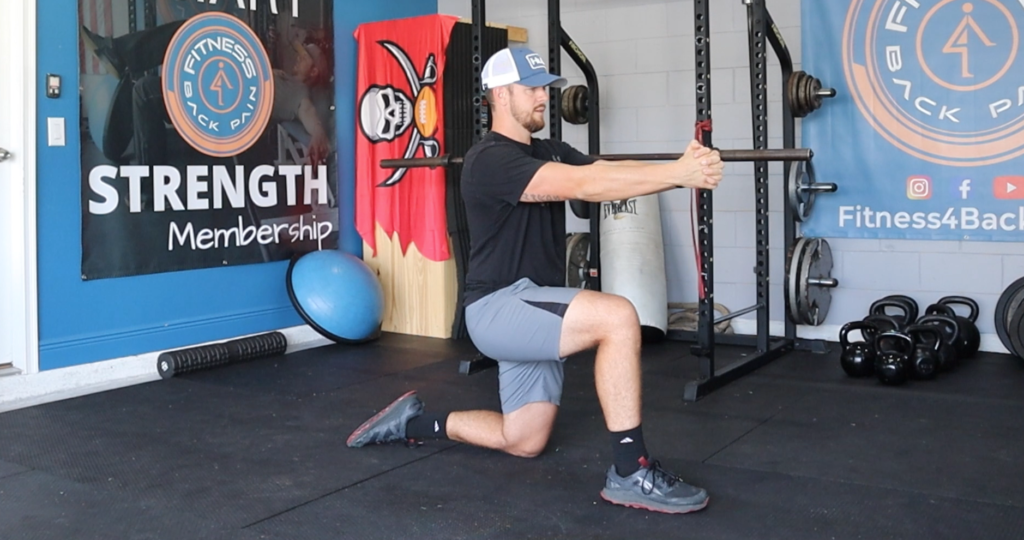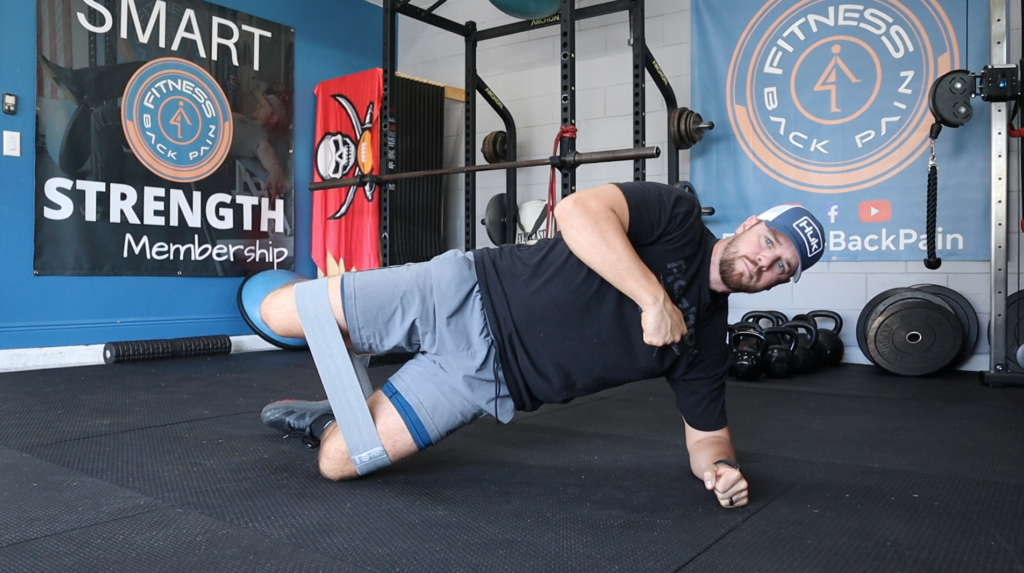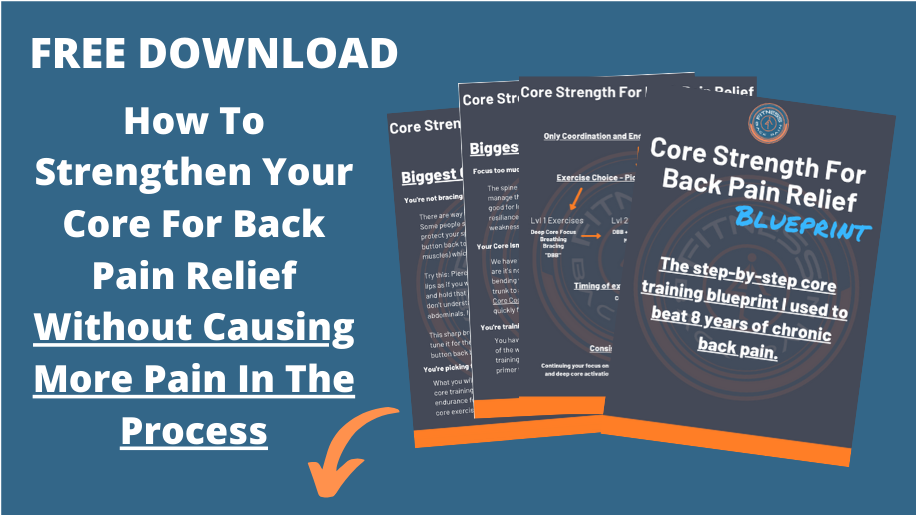Do These 2 Core Exercises Every Morning For Back Pain Relief
If there were only 2 core exercises I did every morning to help with back pain and build a strong supportive core, it would be these!
Core training should be an essential part of your weekly training schedule. There’s no need for superhuman strength in the core, but building endurance, coordination, and stability around your spine, especially after surgery, will do nothing but good.
So, what two core exercises should I do for my core? There are a lot of options, but two that I have found to be versatile with building stability in the trunk without needing to load the body, bend, or twist (great for beginning stages of back pain relief) are the ones I want to give you today.
You only need these two for the next few months to see amazing results.
These core exercises are safe for herniated discs, bulging discs, and post-fusion warriors looking to build a stronger core without causing more pain.
Do these 1-2 hours after waking up or before you head into the office.
Should I Train My Core First Thing In The Morning?
I am a big fan of building stiffness in the trunk, especially around activities that cause irritation, like sitting, driving, or even a workout.
I have been most successful with clients when we wait 1-2 hours after waking up to train our core (or workout in general).
Most sensitive backs are even more sensitive first thing in the morning, so adding a load or stress to the area is not suggested.
Your discs are also filled with more fluid first thing in the morning, which can also be why sensitivity or effects of exercise on the body first thing in the morning typically causes pain.
Listen to your body, it’s the best guide you will ever have!
What Are The Best Core Exercises To Do Daily?
Below are two core exercises that check a few boxes for me as a back pain coach.
One: They do not involve loading the body, causing unwanted compression.
The only compression you navigate is from the brace you create around the spine when doing the exercise. This can be modified to fit your current sensitivity.
Two: There is no unnecessary twisting or flexing of the spine. Your focus is on building strength around a neutral position.
You can train more twisting and flexion later when you are less sensitive to those movements.
Exercise One: Warrior Press To Paloff Press


Start with the lightest band you have. Then, get into the “take a knee” position and lock in your core and hips.
Slowly extend the arms overhead while keeping a solid brace in the stomach so no extension or movement is going on as you increase the stress on the stomach with your arms over your head.
Do the desired number of reps with the warrior press and go right into the pallof press. Keep the same position and adjust your body so that the stress comes from where the band is attached.
Instead of pressing up, you are pressing out, working rotational stability in a neutral position.
Exercise Two: Side Plank Pumps With Leg Raise

Grab a booty band and wrap it around your legs right above the knees.
Get into the side plank position with your hips slightly bent back. When ready, thrust your hips forward while simultaneously raising the top leg towards the ceiling.
You should feel this in your hips and abs at the same time.
Continue to do these reps back to back without rest or letting your hips touch the ground.
Watch the full video to see this in action.

